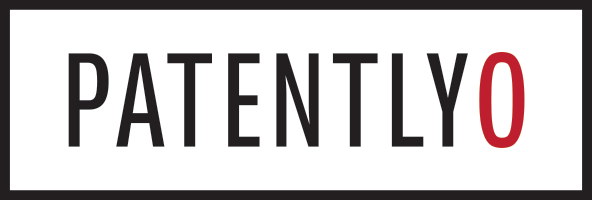
"To apply issue preclusion, courts generally require: (1) the issue was actually litigated and decided in the prior proceeding; (2) the determination was essential to the judgment; (3) the party against whom preclusion is asserted had a full and fair opportunity to litigate; and (4) the party against whom preclusion is asserted was a party (or in privity) in the prior proceeding."
"A key way this comes up is when an IPR cancels several claims, but then the patentee subsequently amends the lawsuit to assert other claims that are similar but not identical to those cancelled. An example here might be that the cancelled claim involved elements A, B, C, and D; and the newly asserted claim covers A, B, C, and Δ."
"But, the Federal Circuit has generally prohibited this approach because in IPRs facts are are decided under the lower preponderance-of-the-evidence standard while invalidating a patent in court requires the higher clear-and-convincing standard for invalidity. In issue preclusion lingo, this means that the IPR decision is not the same issue being decided in litigation. The court has addressed this issue in some prior cases, including ParkerVision, Inc. v. Qualcomm Inc., 116 F.4th 1345 (Fed. Cir."
Issue preclusion prevents parties from relitigating issues already decided in prior proceedings when the issue was actually litigated and decided, the determination was essential to the judgment, the party had a full and fair opportunity to litigate, and the party was a party or in privity in the prior proceeding. Issue preclusion can dispose of an entire case or prevent relitigation of individual issues. Issue preclusion arises frequently in patent cases because proceedings often include an IPR followed by district court litigation. The Federal Circuit generally limits issue preclusion where IPR preponderance findings contrast with the court's clear-and-convincing requirement.
Read at Patently-O
Unable to calculate read time
Collection
[
|
...
]